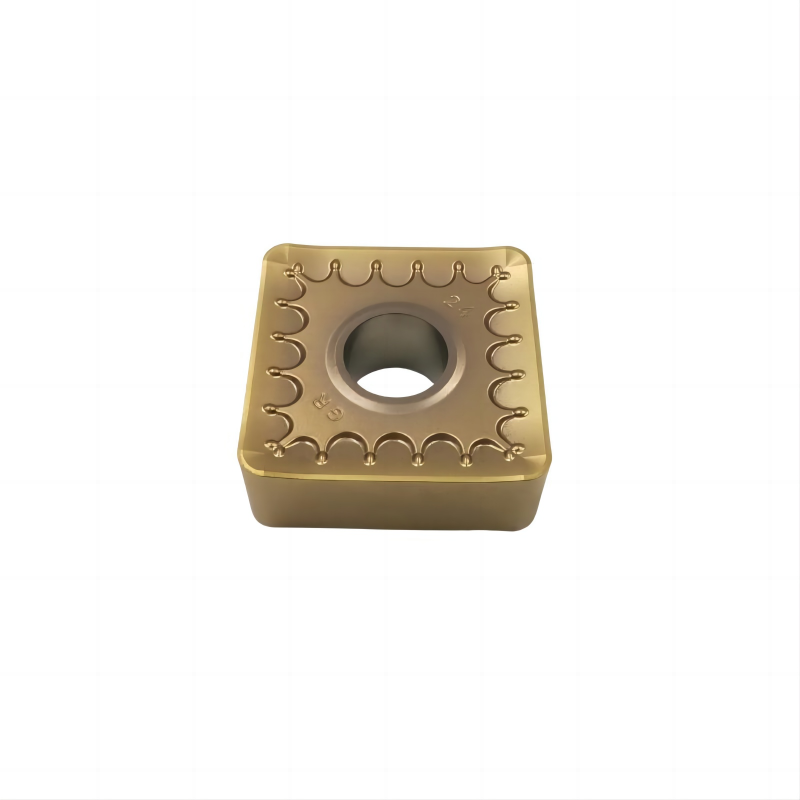How Do You Choose the Right Carbide Inserts for Heavy-Duty CNC Milling Operations?
Leading Paragraph:
Choosing the right carbide inserts for heavy-duty CNC milling operations can make or break the efficiency and precision of your machining tasks. If you’re unsure where to begin, no worries—we’ll break it down step-by-step to ensure you make the best choice for your application.
Heavy machining requires a carbide insert size of above IC 25mm.
This larger size provides better stability during cuts, especially in heavy-duty CNC milling operations. When selecting inserts, you should prioritize size, shape, and material grade based on the specific demands of the operation. For heavy roughing, larger inserts allow for deeper cuts and reduced tool wear.
Now that we’ve covered the basics of size, let’s dive into how you can further fine-tune your insert selection for even more precision and longevity.
How Do I Know What Size Carbide Insert to Use?
To select the correct size carbide insert, consider the depth of cut, cutting length, and machine specifications. For heavy machining, using a carbide insert with a diameter above IC 25mm (about 1 inch) will ensure better stability and performance. Larger inserts are typically more stable and capable of handling greater cutting forces, making them ideal for roughing and heavy-duty applications.
What Is the Strongest Carbide Insert Shape?
Square carbide inserts are incredibly strong, offering a 90° corner for added durability. They are particularly effective for rough-facing operations, including castings, forgings, and rough-sawed blanks, where strength and economy are crucial. Square inserts allow you to maximize cutting edges, offering up to 8 edges on double-sided inserts, making them a great choice for demanding jobs where strength and versatility are key.
Which Inserts Are Best for Heavy Roughing Cuts?
For heavy roughing cuts, CNMG (rhomboid 80°), DNMG (diamond 55°), and WNMG (trigon 80°) inserts are popular choices. These inserts are designed to handle the demands of roughing operations. However, SNMG inserts with a 45-degree approach angle are particularly suited for heavy roughing. They allow for larger depths of cut, which reduces cutting loads and helps extend tool life, making them a great fit for heavy-duty milling.
How Do You Select Inserts for CNC Machining?
When choosing inserts for CNC machining, always select based on the application’s requirements. For heavy-duty operations, opt for larger carbide inserts (above IC 25mm) for better stability and extended tool life. Consider factors like insert geometry, the material being cut, and the cutting forces involved to make the best selection. Additionally, for finishing operations, smaller inserts may be more appropriate to achieve finer surface finishes.
Summary:
Choosing the right carbide insert for heavy-duty CNC milling is a balance of size, shape, and material grade. By considering the specific needs of your operation, you can select the ideal insert that maximizes both stability and tool longevity. Don’t hesitate to experiment with different insert types to find the best fit for your cutting tasks.

